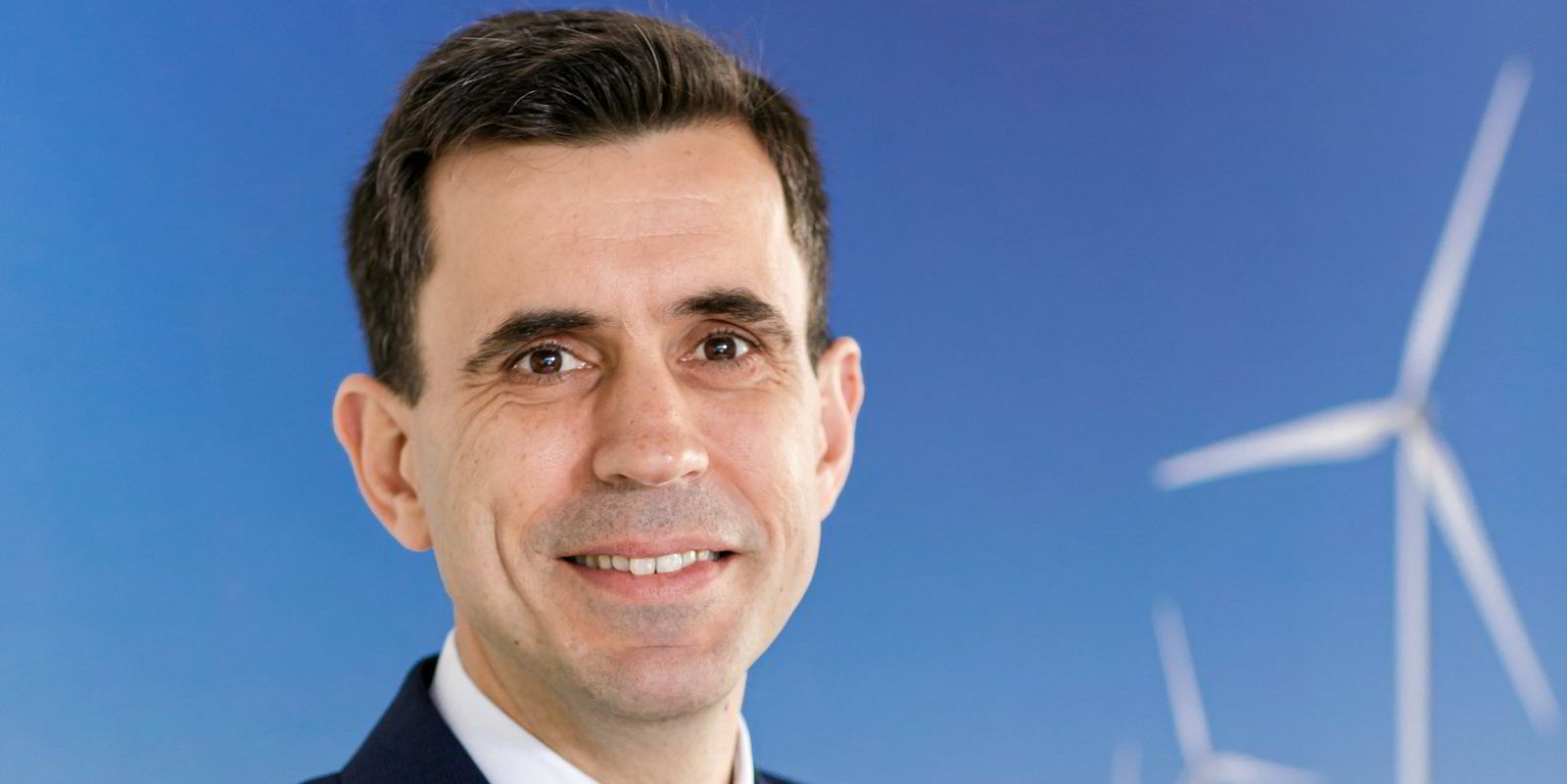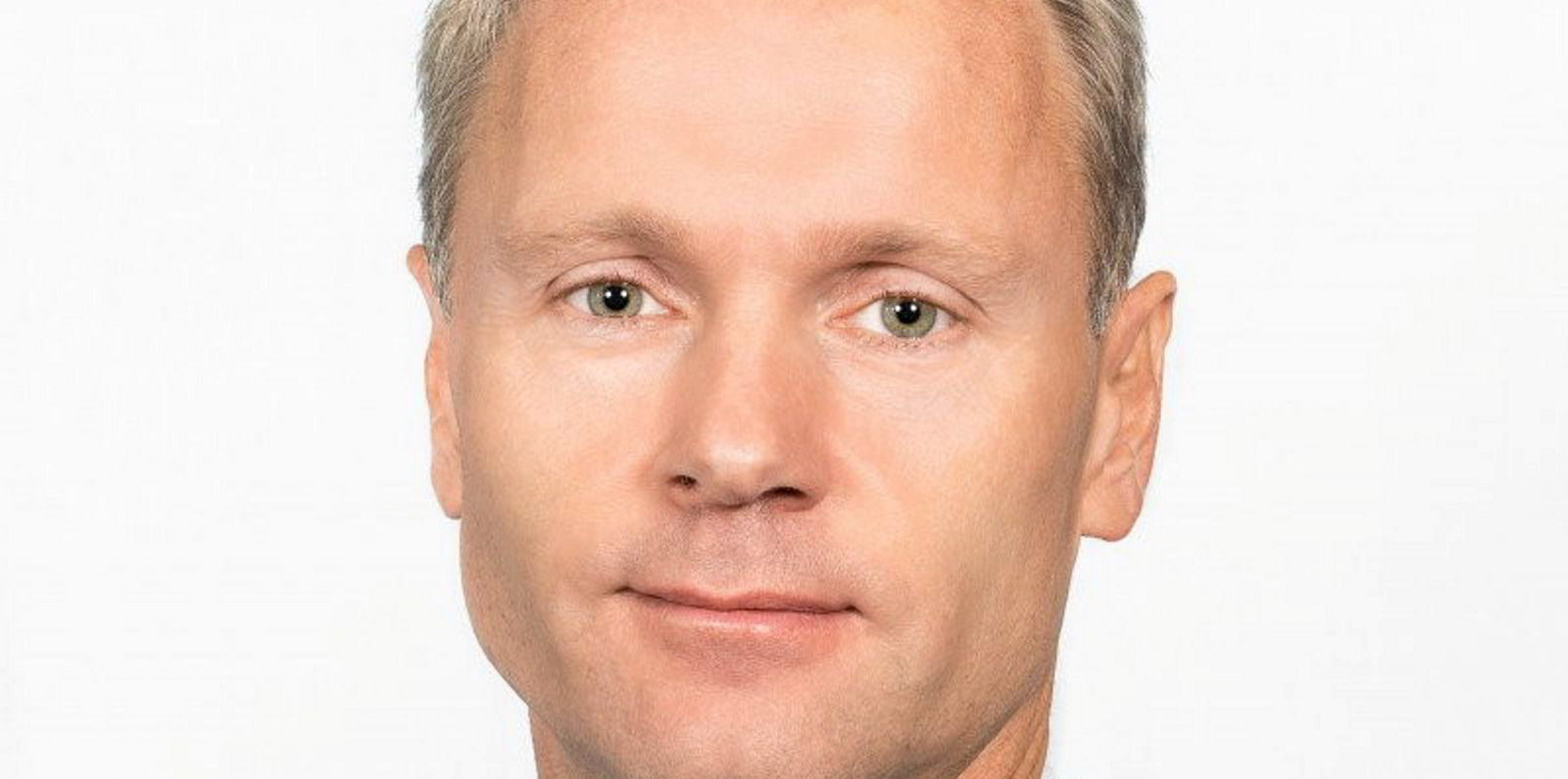Last week saw WindEurope in Bilbao ending on a debate around offshore auction design, with both political and industry leaders weighing in. But what does offshore auction currently look like in the market? And what does it mean for an industry eager to plan for scale?
Europe has ambitious plans for offshore wind. This year, there is 50GW of offshore volume up for auction, and theoretically, an encouraging pipeline of potential projects for the value chain to begin gearing up for.
And this pipeline is moving forward. At present, Germany has open auctions covering a total of 5.5GW, in addition to the 2.5GW announced earlier this year. Several other markets, including The Netherlands and Denmark, are following suit. On the surface, it appears as though our European transition to green energy is accelerating.
A closer look however reveals some major problems. Several European markets – Germany’s current tender included – are progressing offshore wind volume through auction mechanisms designed to minimise cost, and seemingly, risk. In an effort to generate upfront revenue, many governments employ uncapped or exorbitantly capped negative bidding, high concession payments, or lease fees from developers.
This squeezes value from the industry, rather than investing in it. And in doing so, many offshore auctions spur unworkable project economics, and conversely, increase risk. Without sustainable project economics, we risk that many of our planned offshore projects will not reach financial close, or potentially be delayed or cancelled.
Germany’s ongoing tender round, which employed uncapped negative bidding, may be at risk of never delivering a completed project. The same holds true for all other markets looking to utilise uncapped negative bidding in their upcoming offshore wind auctions.
Undelivered offshore projects pose a serious threat to the energy transition. By focusing on keeping the cost of offshore projects as low as possible, governments are risking that their plans never materialise into actual projects.
And with every undelivered project, we increase market volatility for the offshore value chain. Without knowing how many projects will come to fruition, if any at all, planning for scale becomes guess work, and investor confidence is shook. Last year, the EU built 17GW of wind energy, and to reach 2030 climate targets, we need to 30GW of new wind capacity every year. Delivering on this ramp up will call for an expanded industry footprint, and accelerated deployment. For this, market certainty is a prerequisite.
When governments demand upfront fees from uncapped and exorbitantly capped bids, high concession payments, or lease fees from developers, they gamble with project realisation. Last year, we saw several offshore wind projects delayed or even cancelled, as an outcome of unviable project economics. By continuing to employ mechanisms such as uncapped negative bidding, we risk repeating the mistakes of the past.
These mistakes represent a missed opportunity.
These mistakes represent a missed opportunity. The European wind industry has tremendous potential to drive energy security, decarbonisation, and lower power prices. Wind Europe and Rystad Energy’s new report has indicated that in a 2030 Targets scenario, wind energy will be responsible for about 564,000 full-time employees by the end of the decade, a significant potential increase from around 300,000 in 2023.
Furthermore, more wind energy in the European system has steadily driven down the price of electricity in power markets since 2021. Following 2022’s historic highs, the average price of electricity in Europe has been driven down by 8% – all due to the displacement of more expensive power sources. What’s more, a scaled-up wind industry includes an enhanced supply chain, which spurs further investment and economic impact. If allowed to scale, wind energy can, and will deliver.
Expanded line of sight
For offshore wind, particularly, an expanded line of sight can shape a more certain business environment for the value chain. Rethinking auctions to move away from generating revenue, and towards unlocking volume and realising projects is a critical step in this journey.
In place of uncapped negative bidding, many European governments could adopt revenue-sharing mechanisms, securing a return on investment later in the project’s lifetime. These can link seabed lease payments or concession fees, directly to the revenue derived from projects, and would promote both project profitability and the utilisation of seabed. This approach can incentivise project completion and support healthier project economics. Furthermore, it can help remove the market volatility currently standing in the way of our industry.
We need to see a departure from ambitious plans, and a more tangible commitment to realising projects. Across Europe, this means prioritising the unlocking of permitted volume, and supporting a sustainable value chain through a commitment to market certainty. If we succeed here, the outcome can be significant: a job-creating industry, that reliably supplies millions of households with affordable, green electricity.
- Javier Rodriguez Diez is chief sales officer for Vestas



